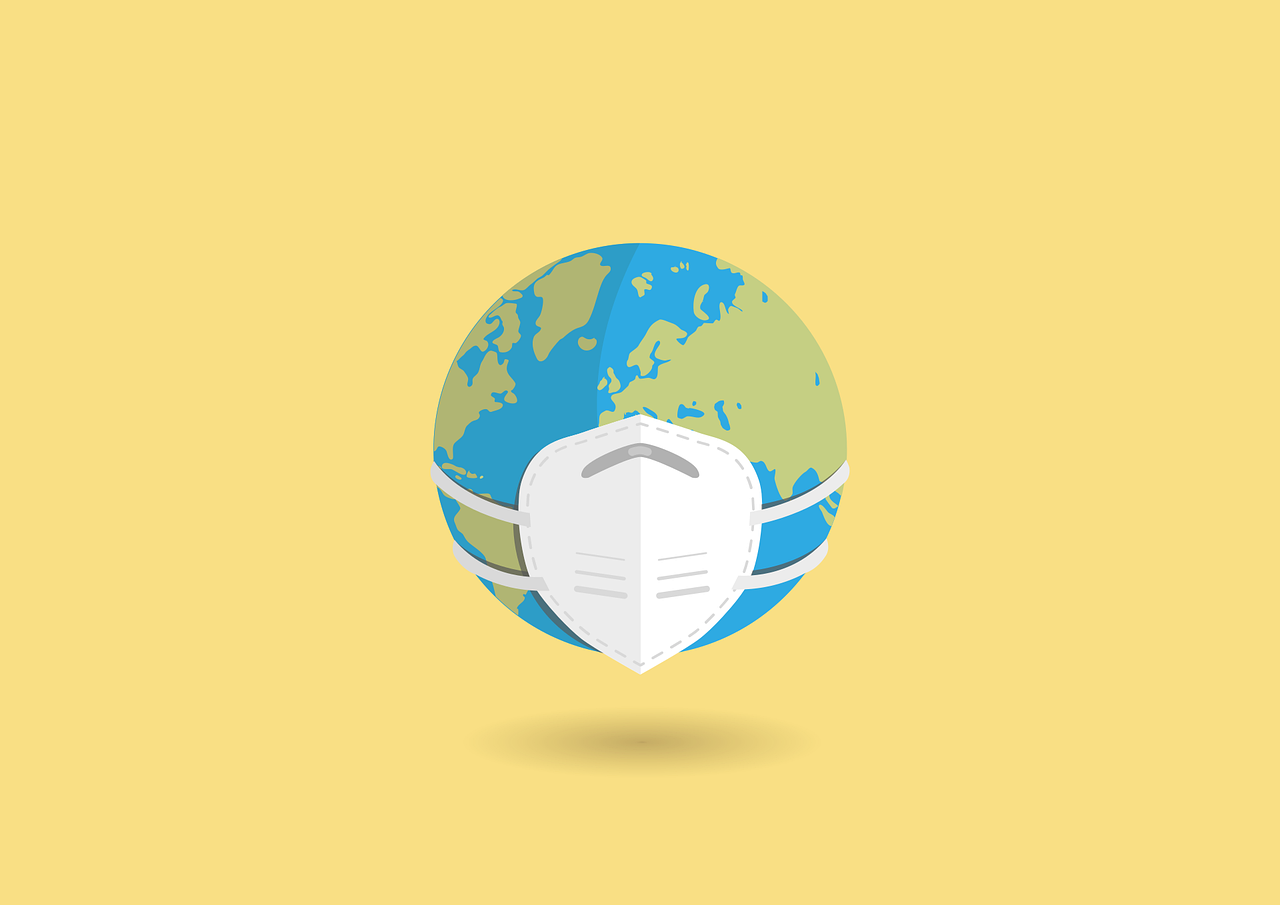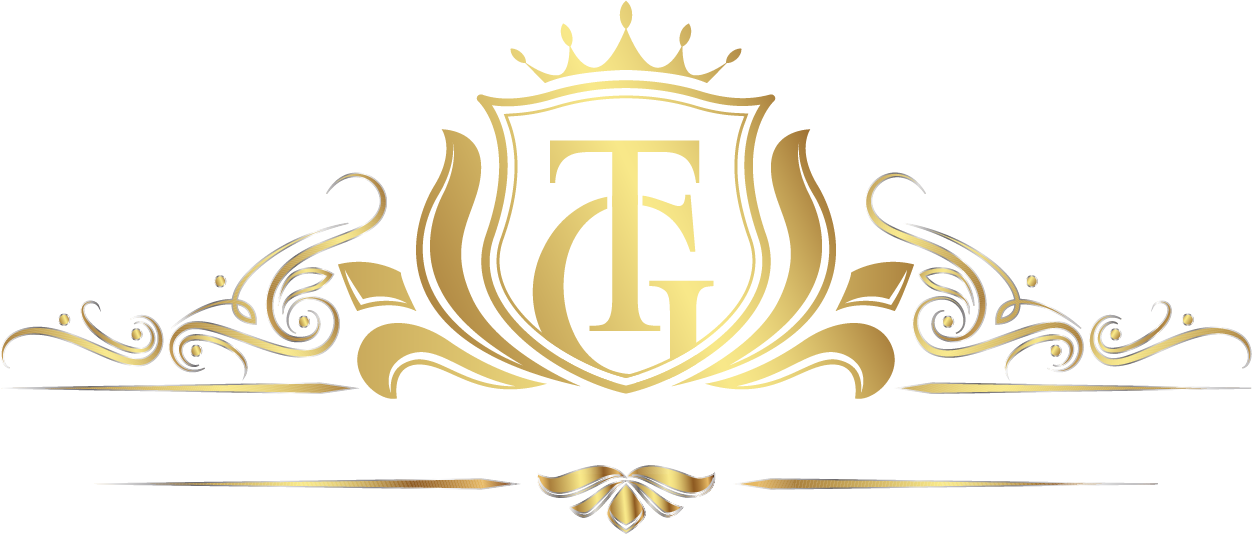
Image by cromaconceptovisual from Pixabay
Many businesses have come to a full stop due to the Corona Virus, or rather the response to C-19 from governments across the world putting entire countries on lockdown.
What does a post Covid workplace look like?
According to the U.S. Bureau of Labor, 21.0 million are unemployed in America right now. The unemployment rate and the number of unemployed persons are up by 9.8 percentage points and 15.2 million, respectively, since February 2020.
Employers are taking a step back, scratching their heads and trying to figure out what hiring strategies look like, and how workplace organization will accommodate social distancing.
Remote Workflows Increase Employer Value
You may have noticed that businesses you work for or are a customer of have started partially staffing offices again. To the extent this will continue depends on the spread of the corona virus, death counts, and potential vaccines.
Many workplaces, especially in the tech sector, already offered remote work options. When I provided IT support for Facebook's servers, Facebook had us working partially remote.
This added many advantages being able to multitask household chores like doing laundry while still monitoring dips and spikes in the flux of Facebook's site stability.
Employers adapting to C-19 by offering remote work options will attract some of the best talent from literally anywhere in the world.
This increases job satisfaction as well if location is no longer the make or break factor in accepting a job. How many times have people moved away from friends and family just to land a 'good' job?
Countless.
What happens when your commute time is increased 5 times as much driving to and from work? Definitely doesn't make you appreciate working somewhere more.
I've known folks who commuted literally from other cities to work everyday. And not outlier suburbs but literal whole other cities hours away.
Working remote offers savings in gas money, babysitting money for parents, and expands the talent pool employers can select from.
Productivity Hacks & Employee Behavior Drives
If the new future post covid19 involves more remote work, employers will need to develop new productivity hacks. This includes the necessity of increasing engagement among employees.
When I worked remote for another IT company that offered tech support for colleges we had group chats where we could share comments together on more than just the job.
The social aspect helped relieve the monotony of working only by yourself at home without physical socialization.
Socializing is important. Research by Oxford University's Saïd Business School, in collaboration with British multinational telecoms firm BT, has found a conclusive link between happiness and productivity:
The happier employees are the more productive they are.
Autonomy and trust will need to be increased in order for even a partially remote workforce to be productive.This means, individually, employees have to find out their specific behavior drives.
This is likened to the aspiring college student - if you went to college one of the things you had to figure out, consciously or by habit, is how you learned the best.
Are you a visual learner? Audio learner? Did taking notes by computer lessen how much you retained versus shorthand notes that are hand written in a notebook?
One of my biggest challenges going to the University of Texas was discovering how I learned the best. It was a Rubik's cube.
Spanish grammar was a particular roadblock for me. Through trial and error I discovered that I learned best by immersing myself in Spanish Netflix shows, Spanish radio stations, and attending Spanish speaking meetup groups - in addition to the standard flipping of index cards for vocab and grammar memorization.
Employees will need to find new routines if working remote, that helps them stay focused and productive. Management can take the lead helping this process by increasing engagement and feedback activities.
The End of Chats by the Water Cooler Era?
Side chatter may be reduced if people aren’t physically at the job place. No more random stops by your friends desk on the way to your lunch or the bathroom.
No more chats by the water cooler
While to some this sounds like a good option it’s good only in the out dated IBM of the 60s work model of dress codes, strict workplace protocols that kill creativity and innovation.
This antiquated notion that the more alike and the same everyone was the easier it is to control them and increase their output has been proven wrong by numerous studies (read my blog on intrinsic motivation).
Some of the best ideas that created billions of dollars in revenue came from chats at the water cooler, as well as side projects that were left up to individual employees to develop to their own liking versus strict company standards.
Gmail itself was invented by an engineer during Google's famous 20% days.

"We encourage our employees, in addition to their regular projects, to spend 20% of their time working on what they think will most benefit Google,"
as Business Insider quoted Google saying.
Paul Buchheit, the creator of Gmail, created the first version of Gmail in one day, reusing the code from Google Groups. The project was known by the code name Caribou, a reference to a Dilbert comic strip about Project Caribou.
The point is, if remote work is going to become the norm, management will need to adopt more flexible strategies from leadership to keep folks motivated to not just do the minimal but to exceed expectations.
Companies will be at an advantage to be inclusive of free range creative brainstorming moments where staff can socialize, share experiences and create mini think tanks.
What other ways do you see the workplace changing due to COVID19? Comment your thoughts below!
. . .
Enjoyed this blog?
Signup here to get updates on new startup blogs.
Check out my Medium page here
Is Facebook not explaining why the disapproved an ad?
I worked at FB for years and offer FB Policy Consulting here
Available for freelance writing and guest posting on your blog: [email protected]





